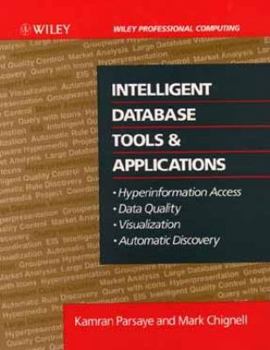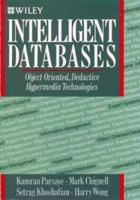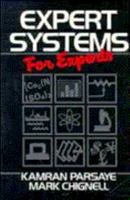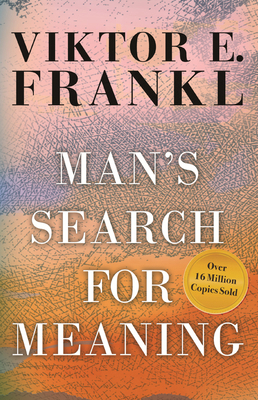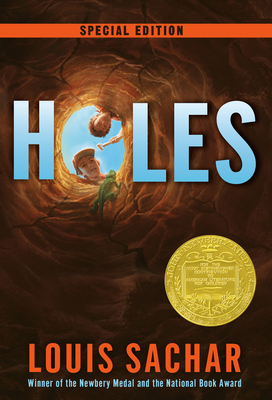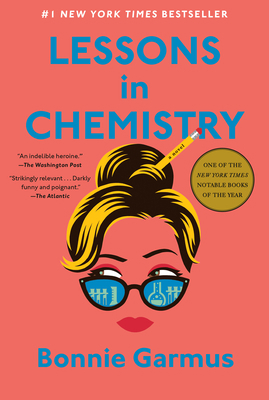Intelligent Database Tools & Applications: Hyperinformation Access, Data Quality, Visualization, Automatic Discovery
Select Format
Select Condition 
Book Overview
Written by the well-known authorities and authors of Intelligent Databases, here's the practical follow-up book which shows how to develop useful and effective database applications. With a strong emphasis on the practical considerations involved in developing a real-world intelligent database, this state-of-the-art book shows readers: Ten fundamental principles guiding successful intelligent database construction How to use intelligent databases to solve critical problems which conventional databases cannot solve Special chapters on information discovery strategies, data visualization, and hypermedia interfaces Example applications from executive information systems and project management to quality control and point-of-sale marketing Packed with new ideas, Intelligent Database Tools & Applications is essential reading for database developers and computer analysts, as well as professionals in any field in which databases are used. Praise for Intelligent Database Tools & Applications "The authors have done an admirable job of discussing the technologies that go into databases to make them smart." --Professor R. Clay Sprowls University of California, Los Angeles "This book is a must read for everyone concerned with the optimization of their data architecture." --Eugene L. Cliett, Jr. Executive Director Philadelphia Computing Center "Sharing their ideas in a lucid form, the authors have made the automation of information discovery a reality." --Joseph Halligan System Development Manager Blue Cross
Format:Hardcover
Language:English
ISBN:0471570656
ISBN13:9780471570653
Release Date:April 1993
Publisher:Wiley
Length:560 Pages
Weight:2.60 lbs.
Dimensions:9.4" x 1.6" x 7.9"
More by Kamran Parsaye
Customer Reviews
5 customer ratings | 5 reviews
There are currently no reviews. Be the first to review this work.










